The 10 most exotic crabs in the world you've probably never seen before
Crab, an animal that is so familiar to us, also contains many interesting things that few people know. In their world there are many species of different shapes, colors, and sizes. Surely you will be amazed at the colorful crabs and one of them looks very bizarre below.
Crab Halloween - Gecarcinus quatradus
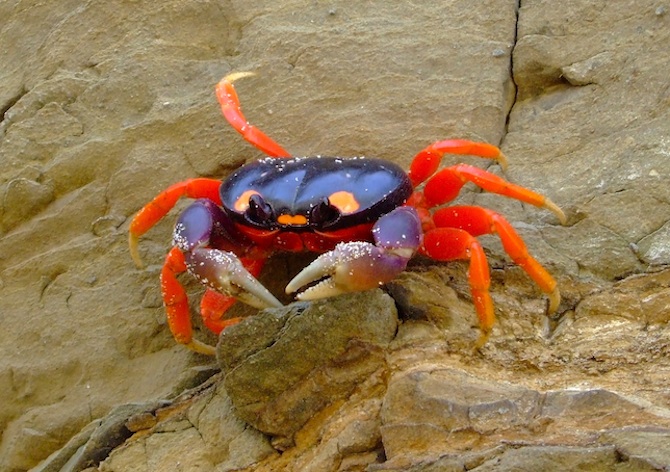 The 10 most exotic crabs in the world you've probably never seen before Picture 1
The 10 most exotic crabs in the world you've probably never seen before Picture 1
The name of this species comes from the vivid colors on their bodies: the black apricot, the purple and the red orange legs. This crab species is found in the waters of Mexico, Peru, and Central America. They live in mangrove forests and eat seeds, fruits or leaves.
This crab species works mainly at night. When we get food, we bait it and then enjoy it. By the breeding season, Halloween crabs move to where there is water to spawn.
Coconut crab - Latro Birgus
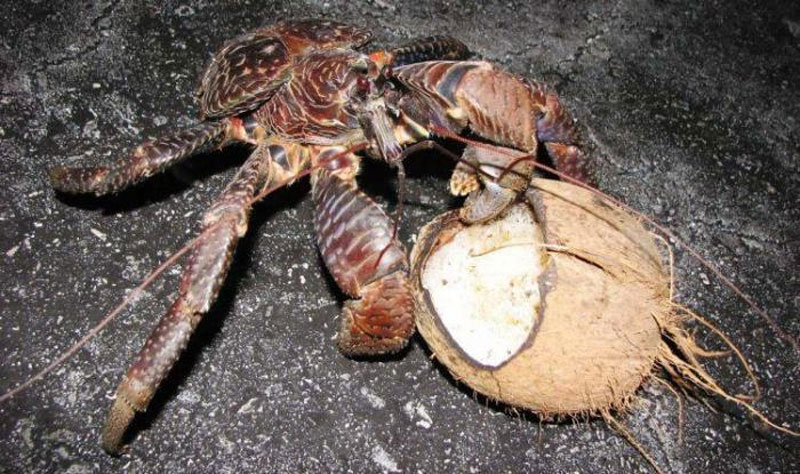 The 10 most exotic crabs in the world you've probably never seen before Picture 2
The 10 most exotic crabs in the world you've probably never seen before Picture 2
With a giant size that can be up to 1m long, weighing 4.5kg, coconut crab is the largest arthropod in the world. Coconut crab is mainly distributed on islands in the South Pacific.
Their names come from the taste of eating coconuts. In particular, they can climb trees to pick coconuts. They use giant pairs to add coconut easily. This is probably the most "weird" animal in the family because they breathe with a special part between the bib and the lungs.
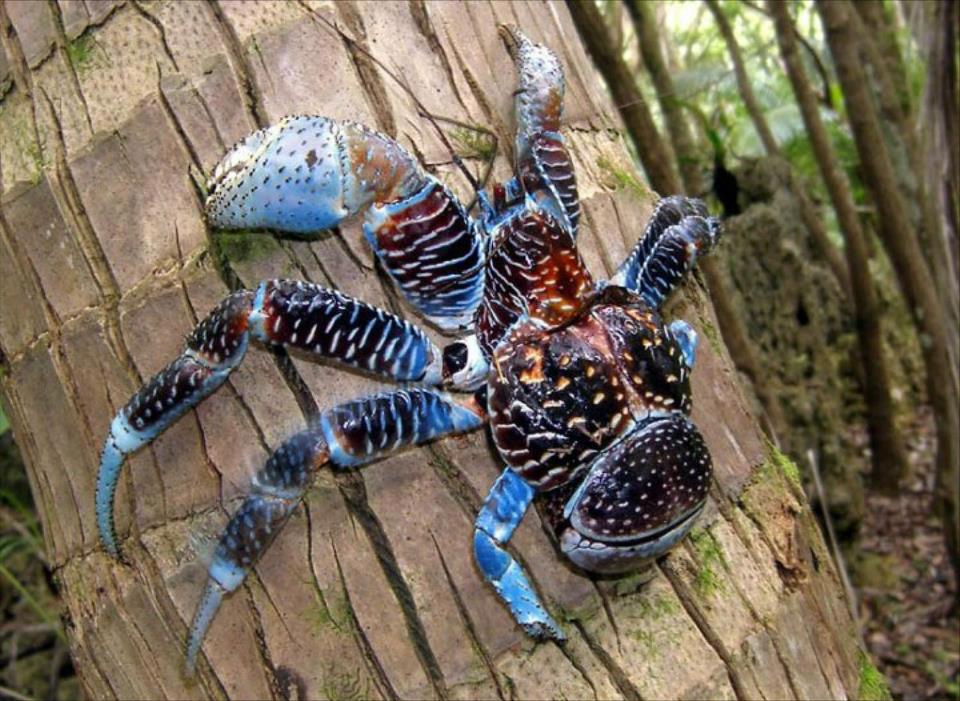 The 10 most exotic crabs in the world you've probably never seen before Picture 3
The 10 most exotic crabs in the world you've probably never seen before Picture 3
These crabs are quite aggressive, they can attack humans if their territory is invaded. A strange thing about coconut crabs is that they cannot swim so they can drown in the water for about an hour.
Paralithodes rathbuni
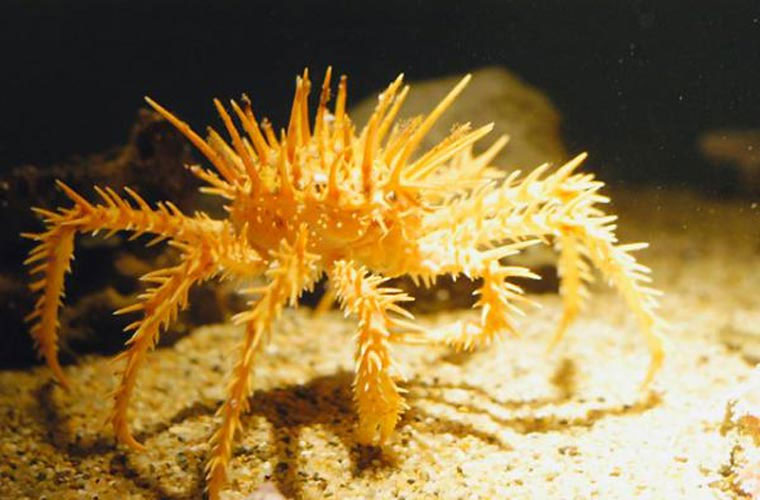 The 10 most exotic crabs in the world you've probably never seen before Picture 4
The 10 most exotic crabs in the world you've probably never seen before Picture 4
The prickly king crab lives in the sea at a depth of 730m. This crab has a rather strange shape, its whole body is covered by a layer of thorns. This makes it easy for them to disguise and protect themselves against enemies. Their food is mainly starfish, waste from above falling and other crabs.
Brown box Lopholithodes foraminatus
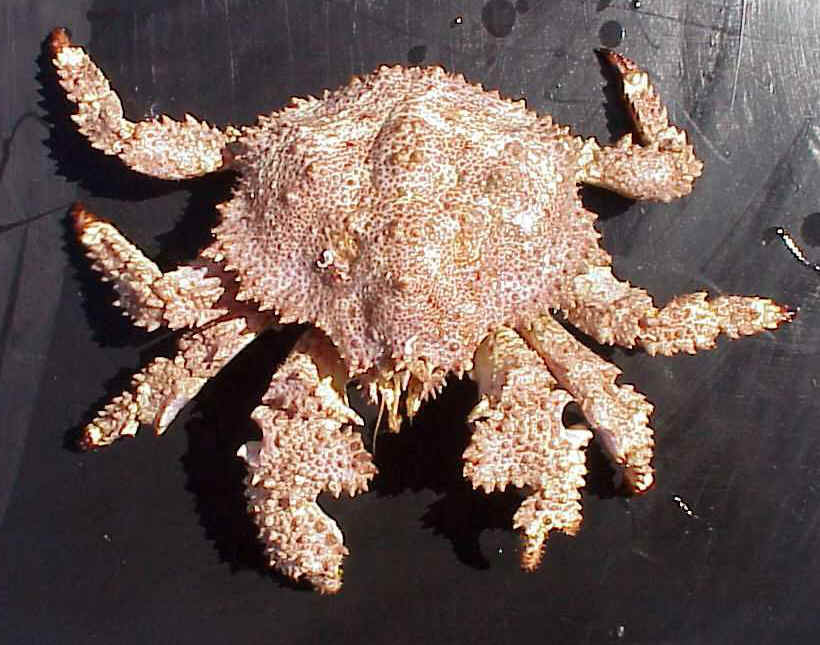 The 10 most exotic crabs in the world you've probably never seen before Picture 5
The 10 most exotic crabs in the world you've probably never seen before Picture 5
Brown box crabs are also king crabs, and are found from San Diego, California, to Kodiak, Alaska. Their food is bivalve mollusk burrowing at the bottom of the mud.
This crab possesses a very special respiratory method to adapt to prey: when the previous ones move through the shell, they combine with adjacent legs to create small holes for water to flow through the lungs.
Hoplophirs oatesii - Hoplophirs oatesii
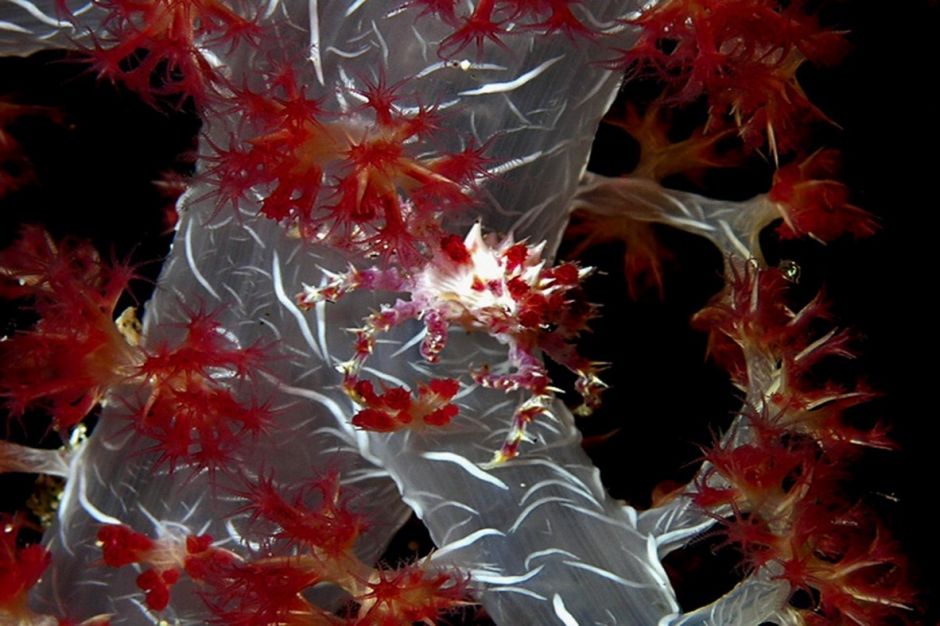 The 10 most exotic crabs in the world you've probably never seen before Picture 6
The 10 most exotic crabs in the world you've probably never seen before Picture 6
This crab species lives in soft coral groves from the Indian Ocean to the western Pacific Ocean. Their food is plankton. This crab is a "master" disguised, in addition to the form of soft corals, they also eat coral tubes to increase their color to deceive the enemy.
Zebrida adamsii - Zebrida adamsii
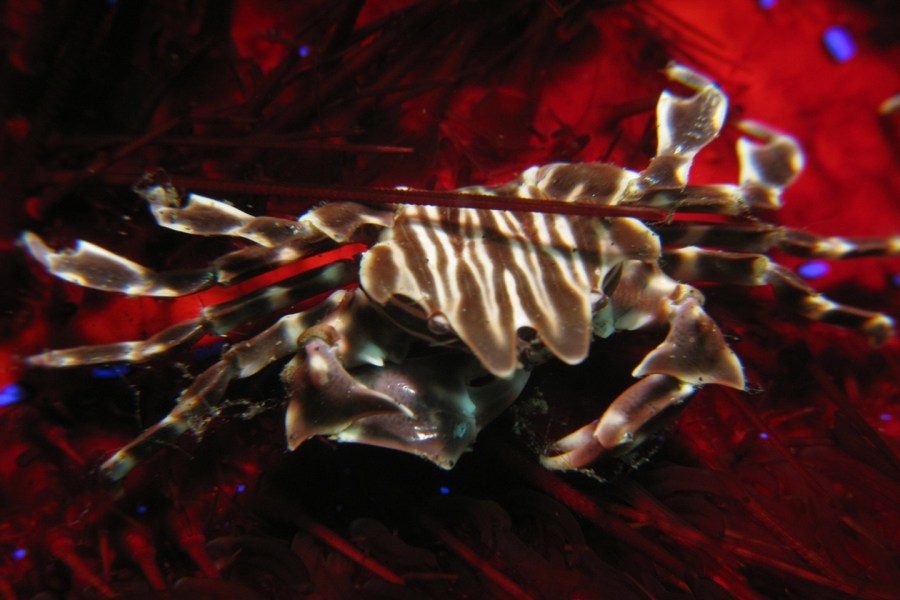 The 10 most exotic crabs in the world you've probably never seen before Picture 7
The 10 most exotic crabs in the world you've probably never seen before Picture 7
The name of this species comes from their dark, white, zebra-like streaks. Zebra crabs live mainly in the Pacific, Indian Ocean, Australia. The food of zebra crabs is the thorns of the thorns so wherever there is the most prickly spherical bridge, the spiked spines are found.
Achaeus japonicas - Achaeus japonicas
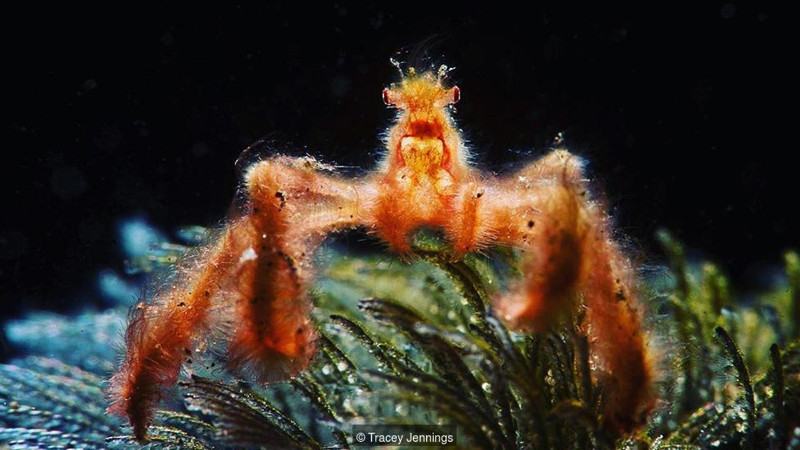 The 10 most exotic crabs in the world you've probably never seen before Picture 8
The 10 most exotic crabs in the world you've probably never seen before Picture 8
This crab also has another name, orange crab. They belong to spiders and crabs. Orangutan crabs are very small, only 2cm long, but they have 2 long legs that look like orangutan hands. Their exterior is covered with orange fur, which makes their shape "weird".
They use two long legs swinging in the water to collect plankton that make the monkey-like food they are named after.
Cua sứ - Neopetrolisthes maculates
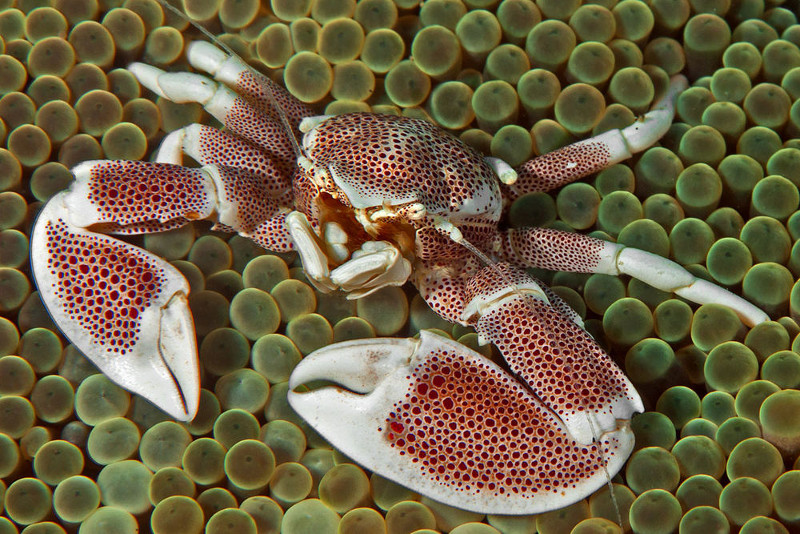 The 10 most exotic crabs in the world you've probably never seen before Picture 9
The 10 most exotic crabs in the world you've probably never seen before Picture 9
This crab is not really a crab, they are an evolutionary lobster that gradually takes on the shape of a crab. This very beautiful crab is very "fragile, fragile" like porcelain, they often lose their feet when fleeing enemies. But that is not a big problem for this crab because they have the ability to "regenerate the body" like lizards, their lost legs will grow back later.
The food of this species is the mucus of the anemone and the shrimp and fish. Porcelain crabs are symbiotic species. Anemones sheltering crabs from enemies and crabs eating mucus make the anemones clean and uninfected.
Grapsus grapsus - Grapsus grapsus
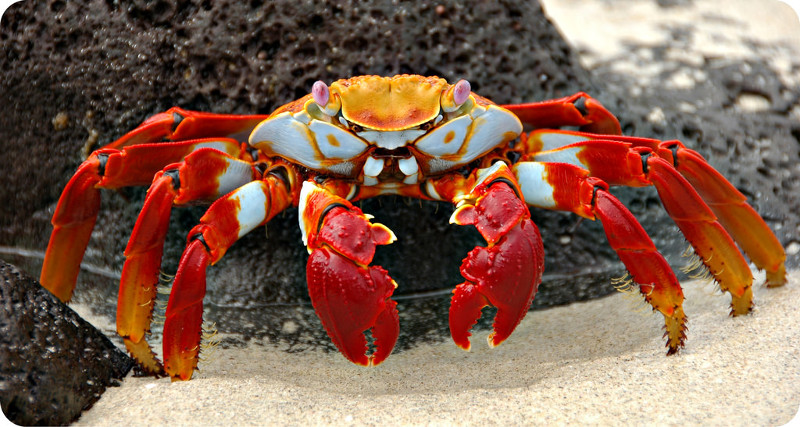 The 10 most exotic crabs in the world you've probably never seen before Picture 10
The 10 most exotic crabs in the world you've probably never seen before Picture 10
This light leg crab possesses extremely eye-catching colors and the ability to move "as fast as the wind" in any direction. They live mainly on the southern California coast to Peru and many near red islands, including the Galapagos.
Red crabs - Parisesarma bidens
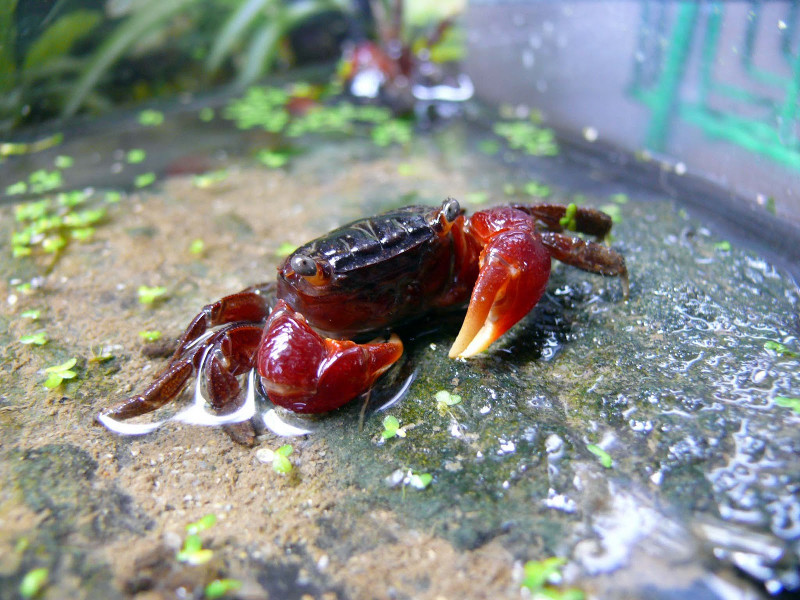 The 10 most exotic crabs in the world you've probably never seen before Picture 11
The 10 most exotic crabs in the world you've probably never seen before Picture 11
They live mainly in the Indian Ocean, Pacific Ocean and Japanese waters. This is also a fast-moving crab species that can live in both saltwater and freshwater areas. Therefore, their ability to tolerate changes in salinity is very good.
You should read it
- Millions of red 'dyed' crabs on the island of Australia
- Unexpectedly discover the new unique hermit crab in South Africa
- Discovering tiny crab species can climb trees
- Coconut crabs attack, kill crazy birds sleeping to eat meat
- Difficulty: Does the crab know how to hurt?
- Selecting the right time, rays easily cut giant spider meat
- Spider crabs compete to tear the octopus's corpse under the sea
- Birds flying in the sky also have days of death by a group of crabs
- 530 million year old fossils have eyes like bees, dragonflies today
- The scorpion of freshwater crab war, the battle of the couples
- Australian man borrowed crab claws to open the cap of beer bottle
- Beautiful cracked walls of the most heterologous colors of the earth
May be interested

The most exotic plants on Earth

Deciphering the 'natural wind' mysteriously caused the researchers a headache

Beautiful cracked walls of the most heterologous colors of the earth

Discover the scary mystery about the most dangerous 'cold-blooded killer'

Stunned with images of three major storms in the ocean recorded by the ISS space station

Not the fireflies, the new carnivores are the glowing ones in this cave






 Spider crabs compete to tear the octopus's corpse under the sea
Spider crabs compete to tear the octopus's corpse under the sea Birds flying in the sky also have days of death by a group of crabs
Birds flying in the sky also have days of death by a group of crabs Millions of red 'dyed' crabs on the island of Australia
Millions of red 'dyed' crabs on the island of Australia Listed 12 most exotic towns in the world
Listed 12 most exotic towns in the world Coconut crabs attack, kill crazy birds sleeping to eat meat
Coconut crabs attack, kill crazy birds sleeping to eat meat Selecting the right time, rays easily cut giant spider meat
Selecting the right time, rays easily cut giant spider meat